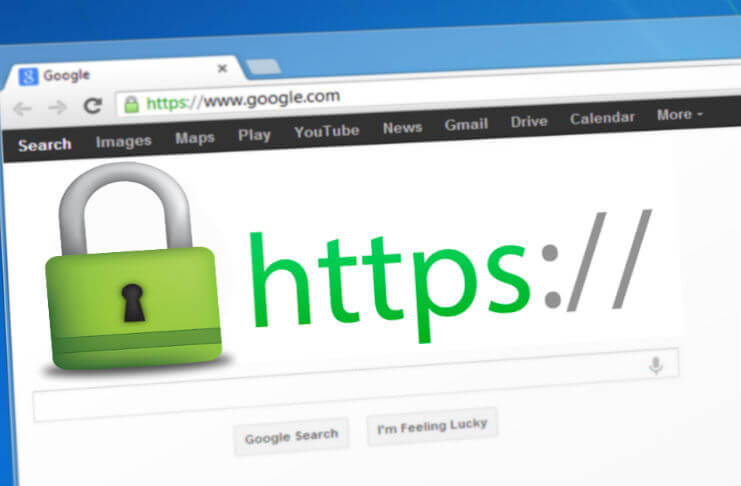When working with PHP curl functions it is always best to know if your curl has failed in any way.
Using the basic PHP curl function below.
$ch = curl_init();
curl_setopt($ch, CURLOPT_URL, $url);
curl_setopt($ch, CURLOPT_RETURNTRANSFER, true);
curl_setopt($ch, CURLOPT_POST, true);
curl_setopt($ch, CURLOPT_POSTFIELDS, $data);
$result = curl_exec($ch);
if (curl_exec($ch) === false) {
echo "ok";
} else {
echo "error";
}
curl_close($ch);All we have to add in this function is the curl_error() function to detect if there were any errors. Here is a very basic function that can be used below that will also detect HTTP client errors as well.
function curl_error_test($url) {
$ch = curl_init();
curl_setopt($ch, CURLOPT_URL, $url);
curl_setopt($ch, CURLOPT_RETURNTRANSFER, true);
$responseBody = curl_exec($ch);
/*
* if curl_exec failed then
* $responseBody is false
* curl_errno() returns non-zero number
* curl_error() returns non-empty string
* which one to use is up too you
*/
if ($responseBody === false) {
return "CURL Error: " . curl_error($ch);
}
$responseCode = curl_getinfo($ch, CURLINFO_HTTP_CODE);
/*
* 4xx status codes are client errors
* 5xx status codes are server errors
*/
if ($responseCode >= 400) {
return "HTTP Error: " . $responseCode;
}
return "No CURL or HTTP Error";
}

0 Comments